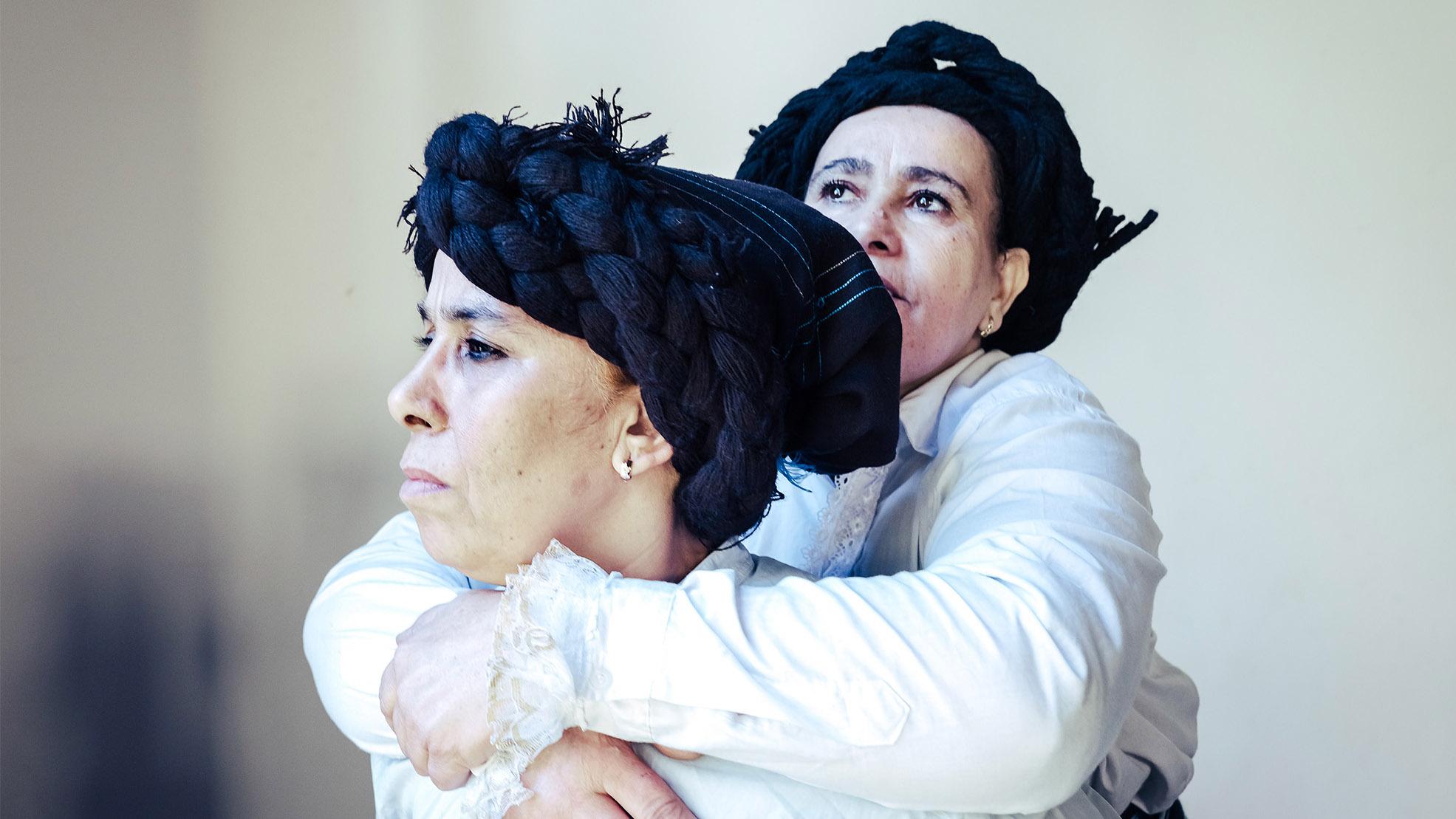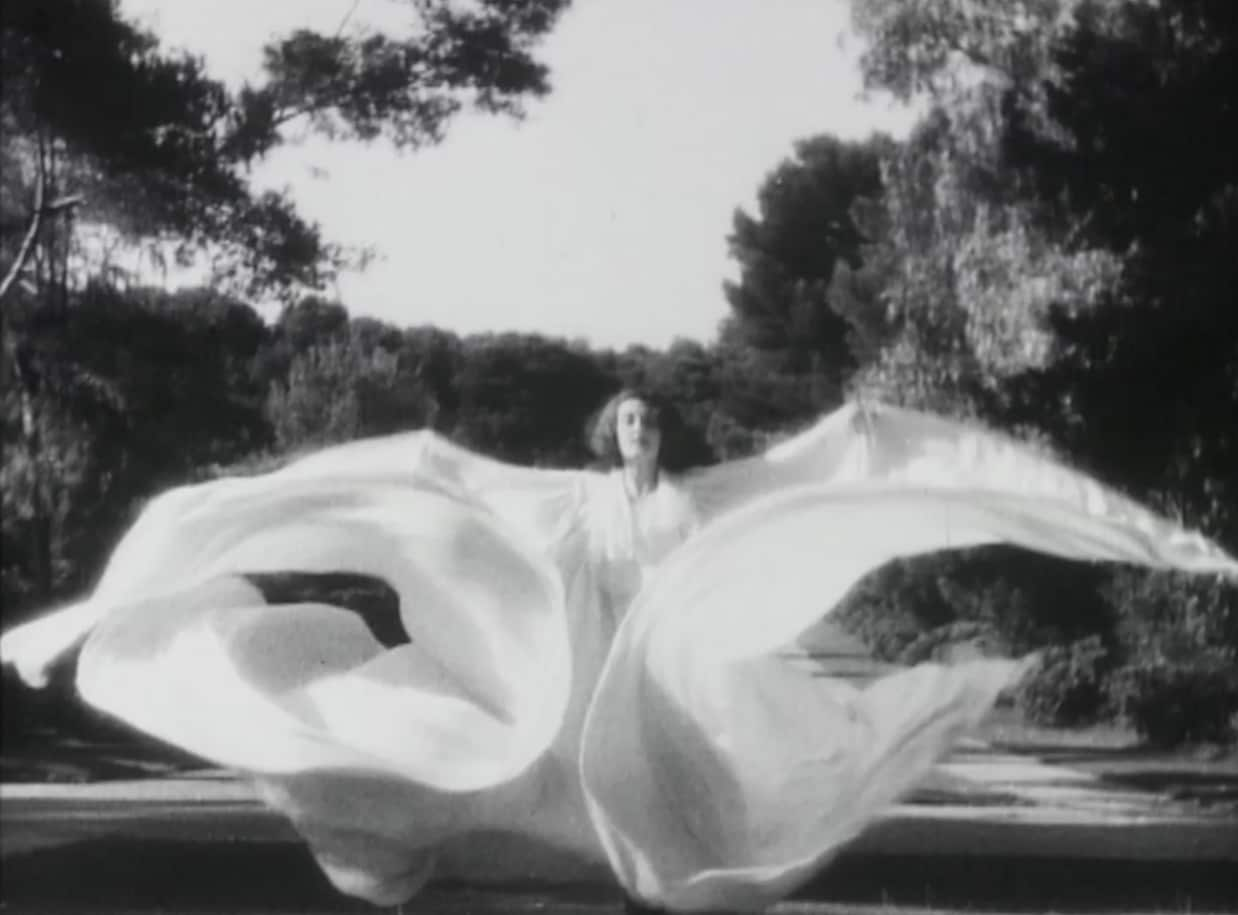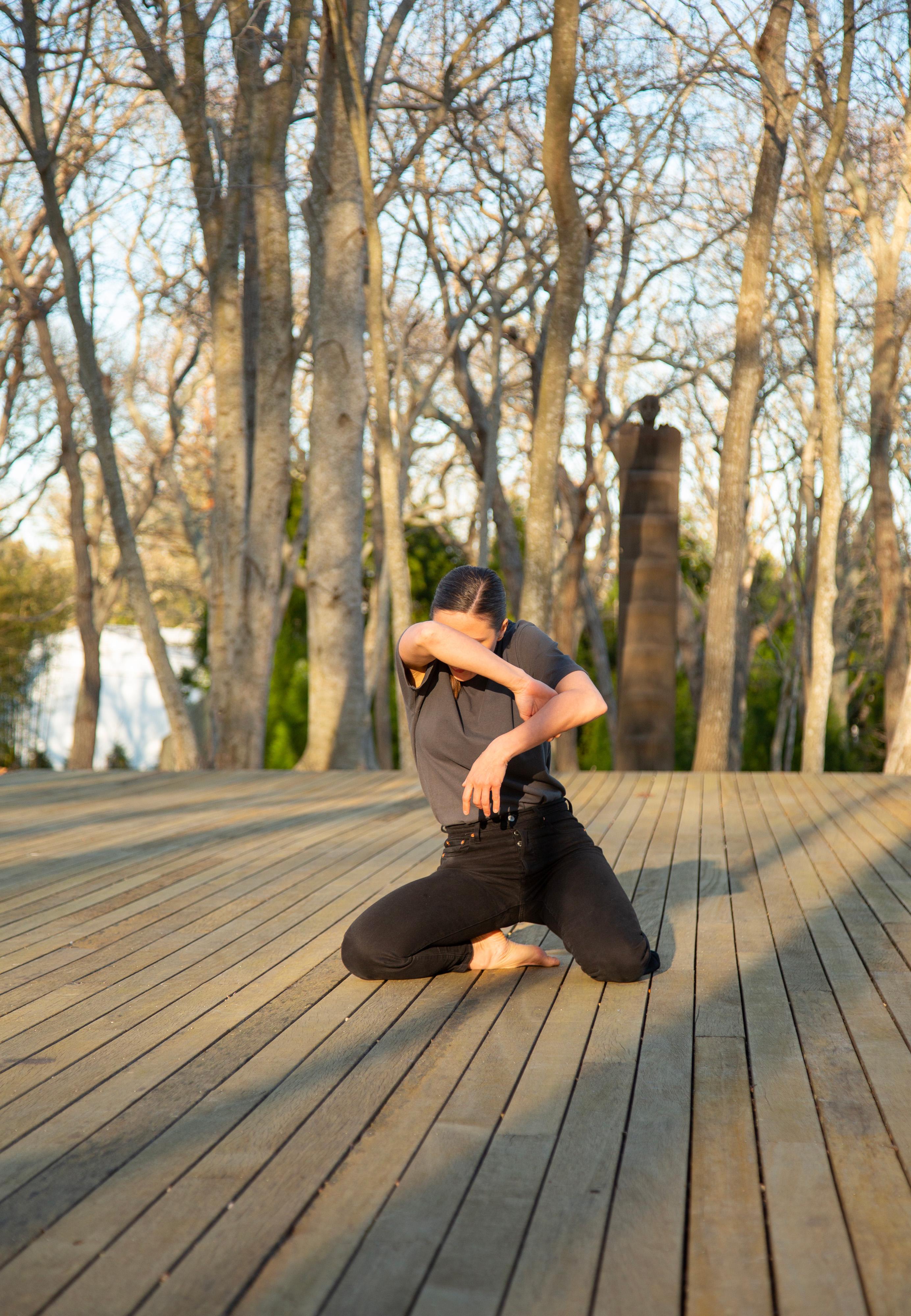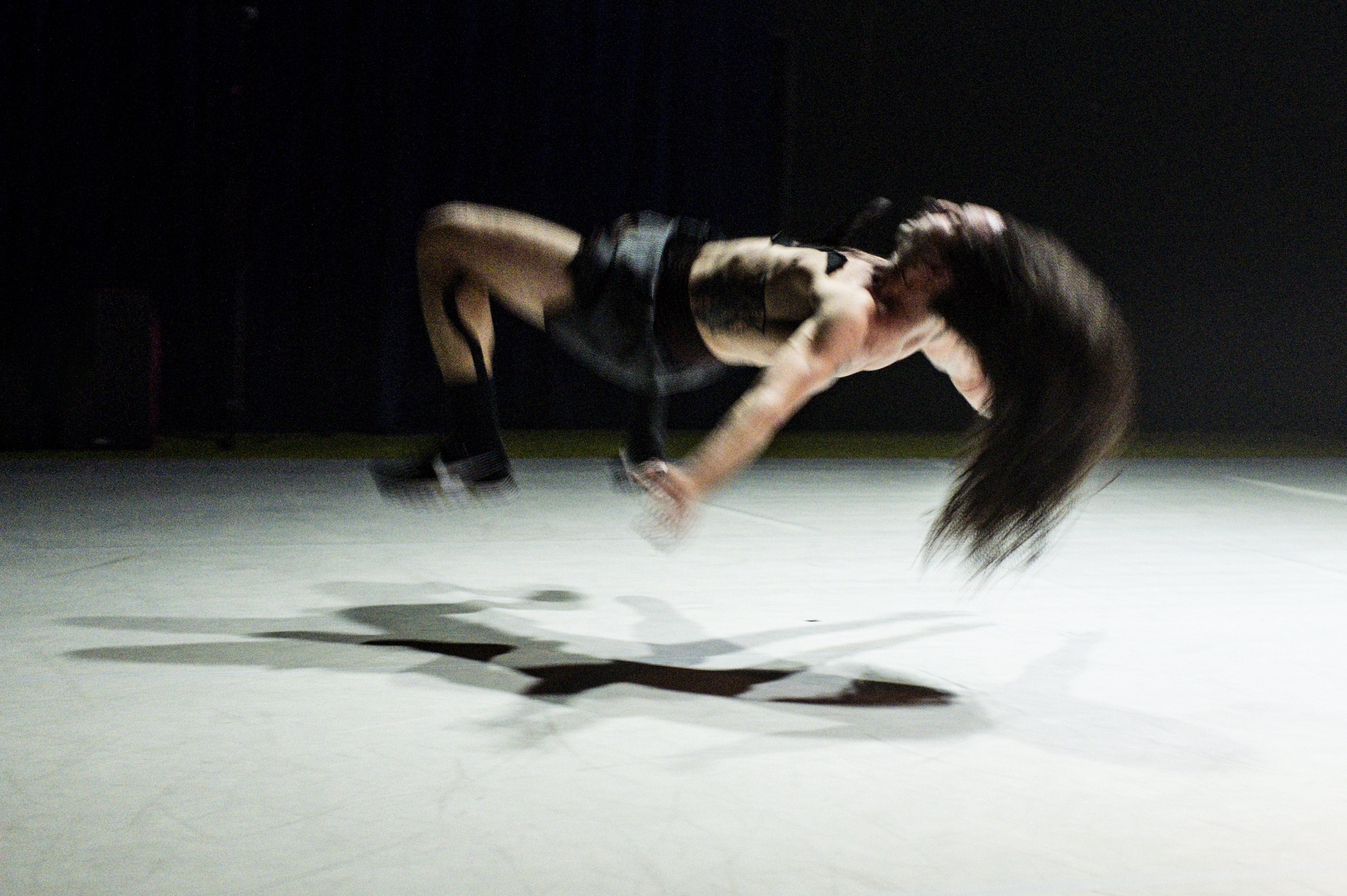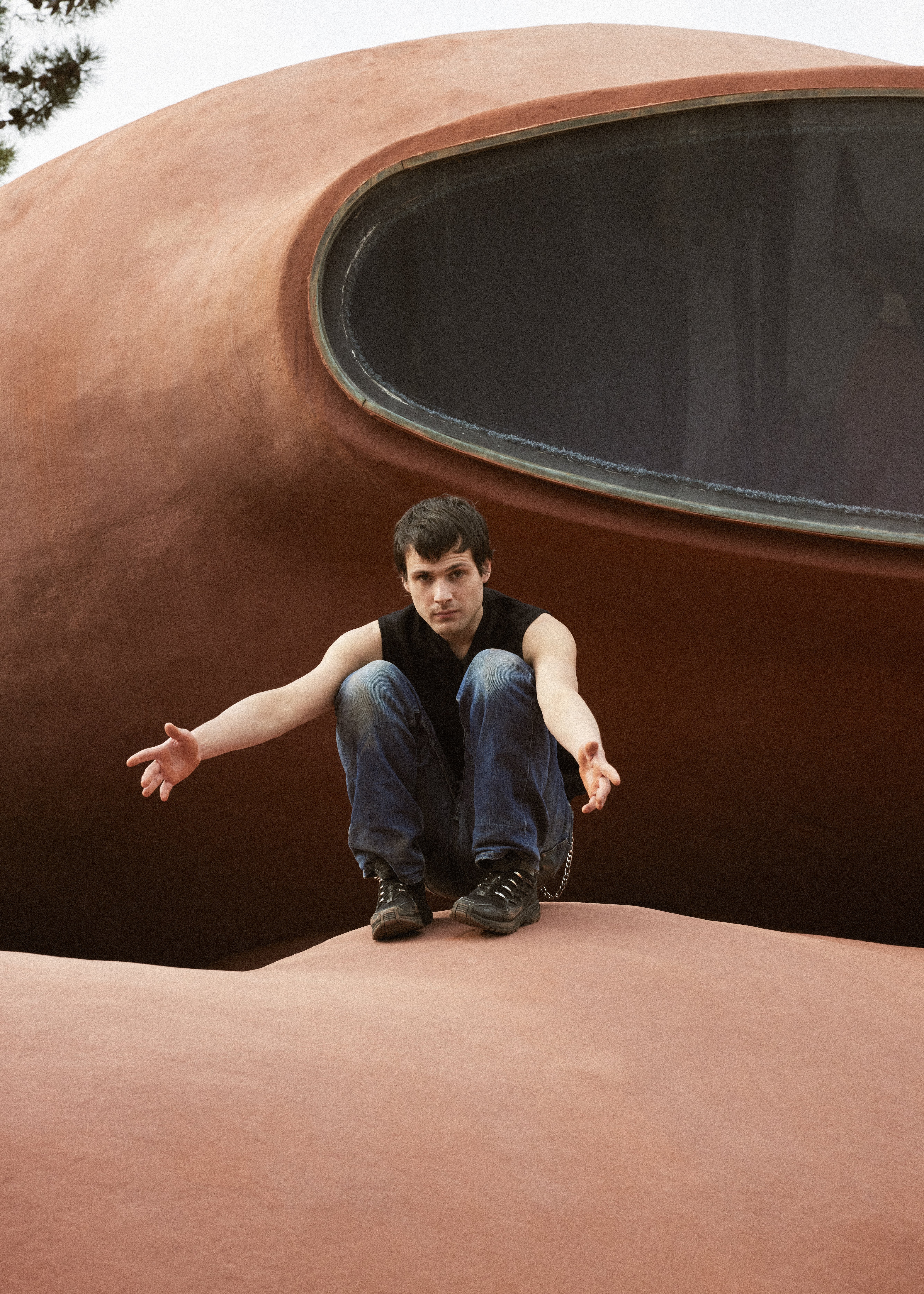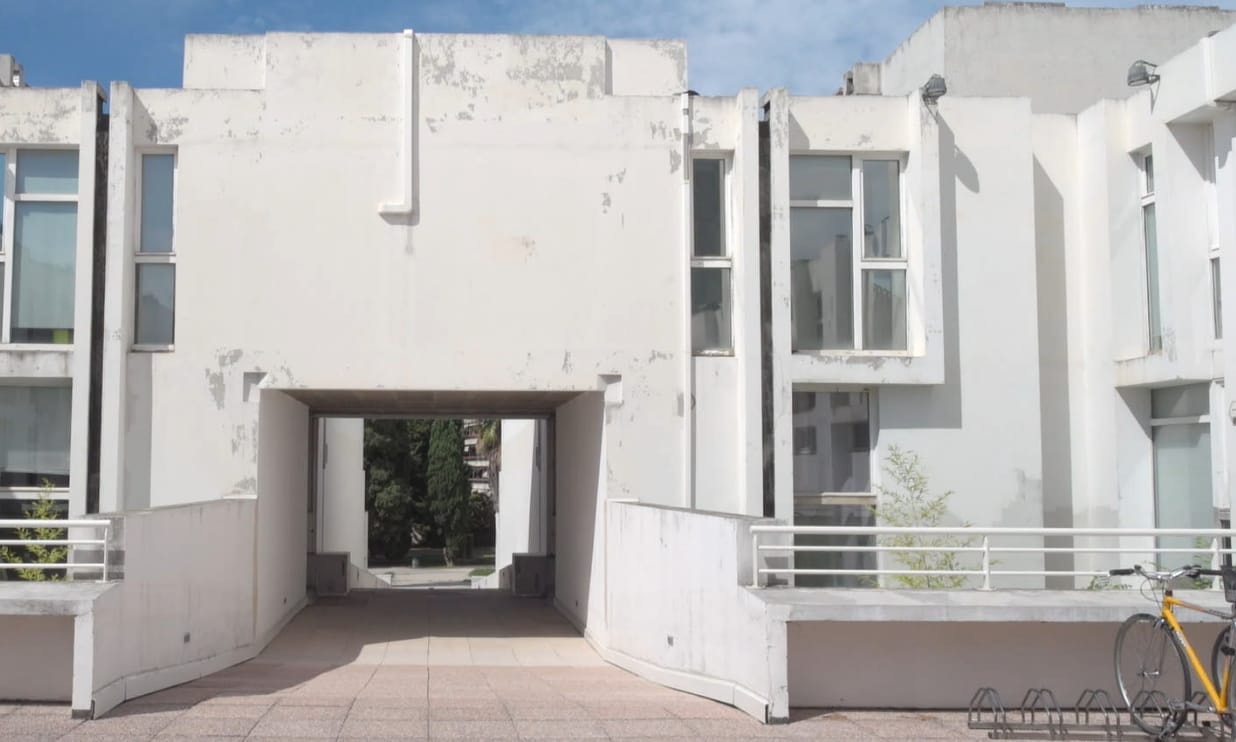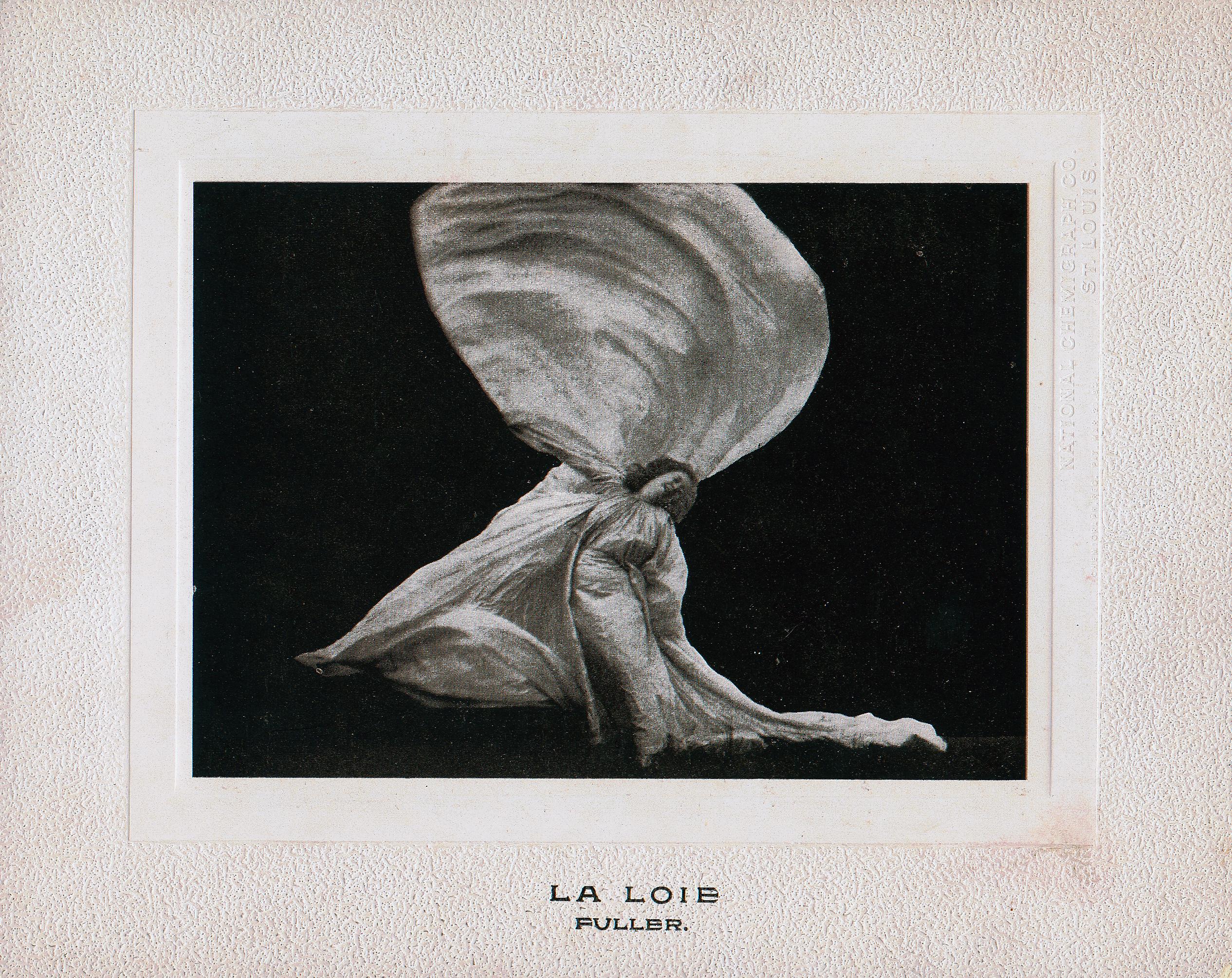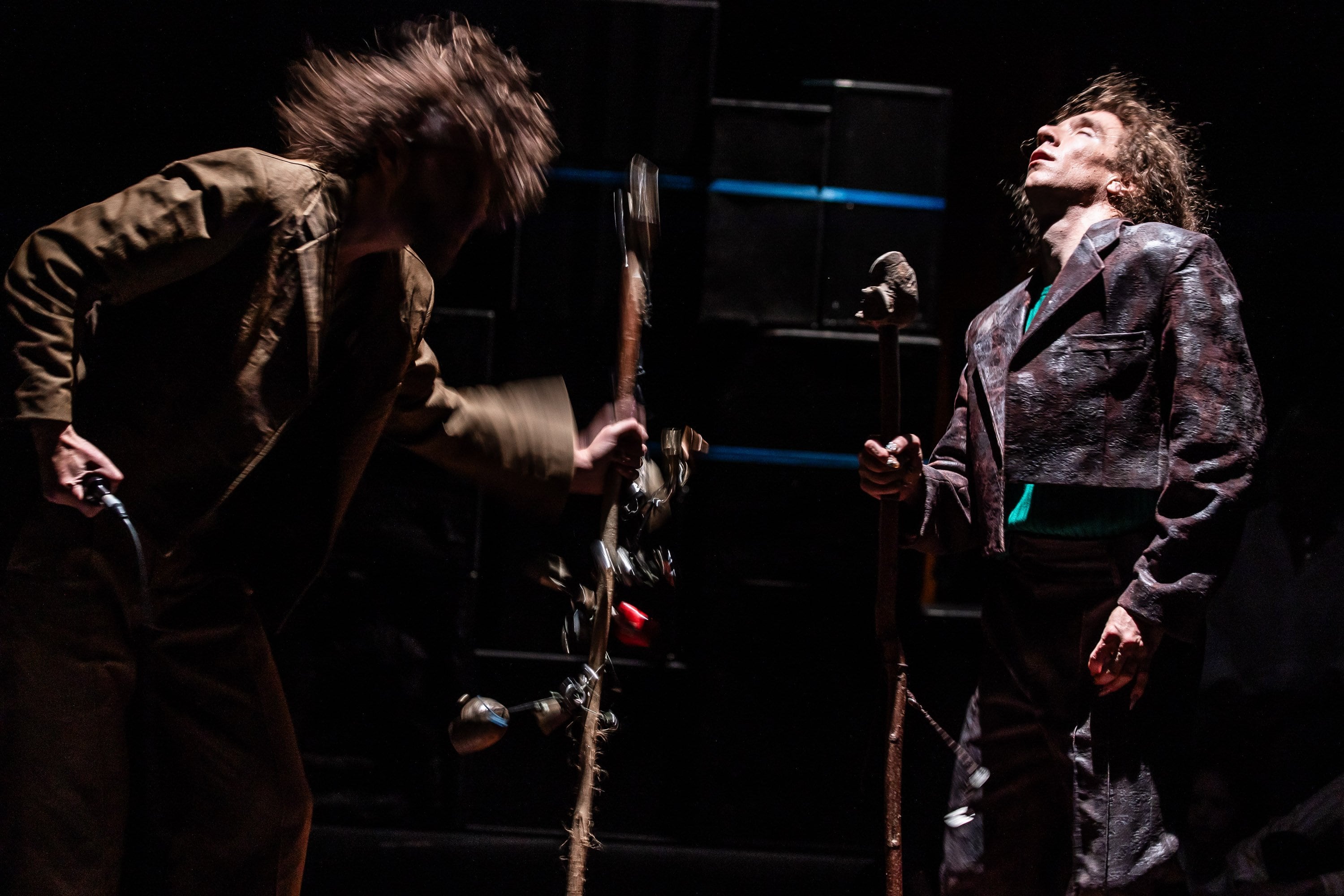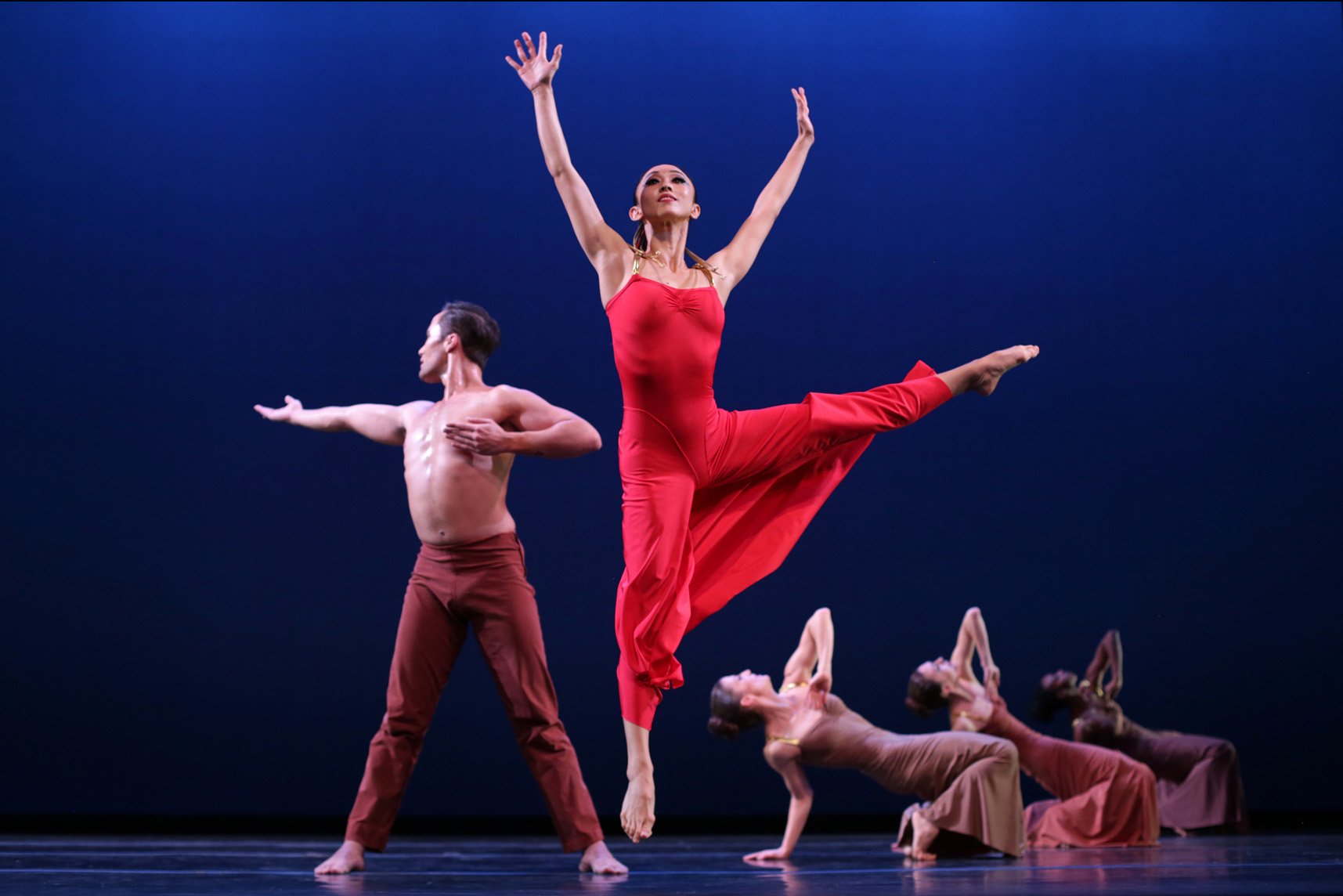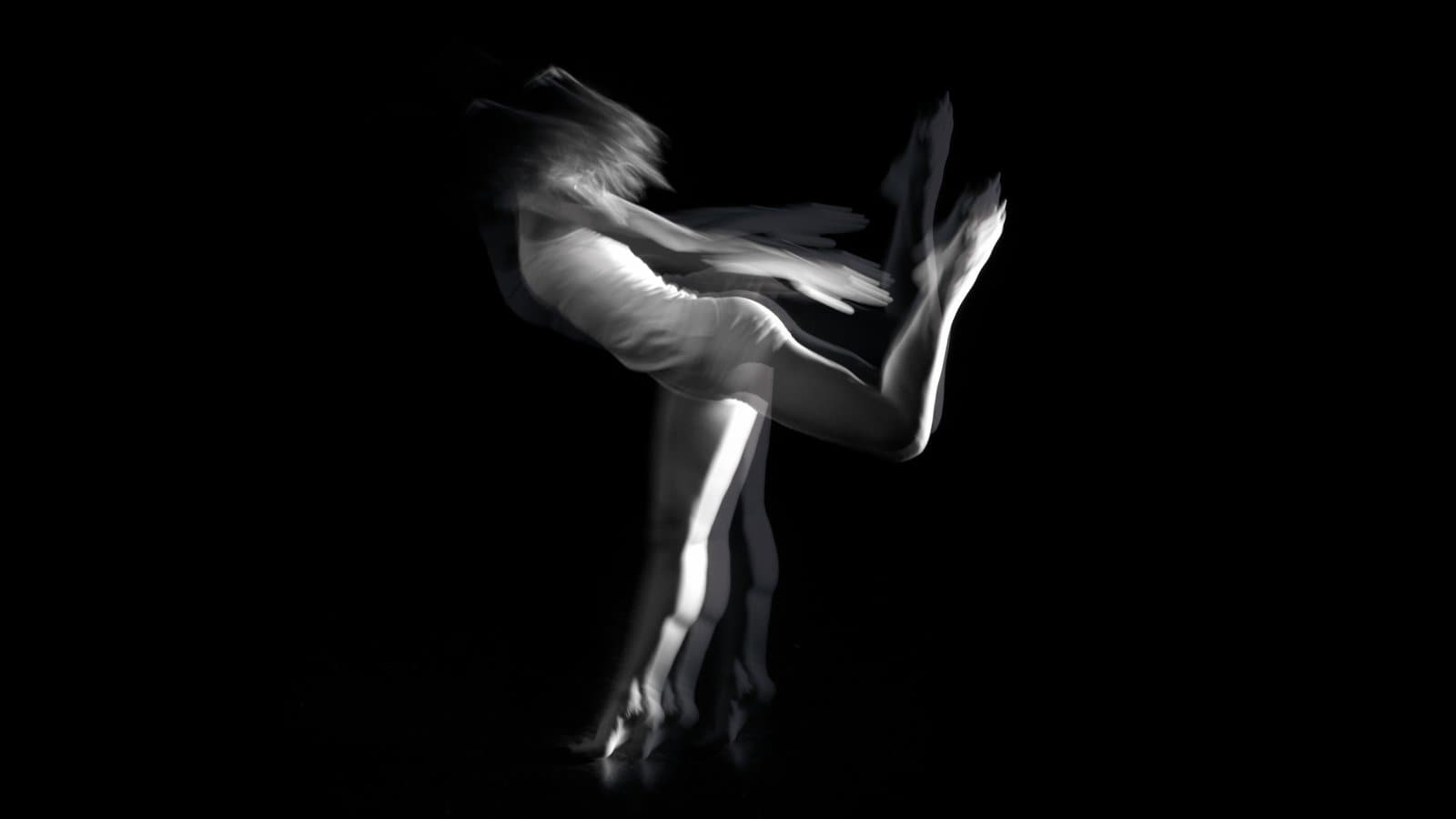Tirelessly, Bouchra Ouizguen mines her roots for inspiration. “As in my previous pieces, this production was created entirely in Morocco, this time in the mountains,” she says of Éléphant. “Walking, singing, telling stories, being in nature inspired us.” Still, the Ouarzazate-born choreographer confesses that she didn’t consider how this work – which had its premiere in June during the Montpellier Danse Festival, and will be performed in September at the Centre Pompidou and the T2G – was connected to her previous ones: “Every time, I think the piece I’m working on will be my last one.”
In Éléphant, she is reunited with her long-time partners in crime and company members Milouda El Maataoui and Halima Sahmoud. Both are versed in traditional Moroccan music and dance. “In this piece, you can hear the Laâbate repertory. ‘Laâbate’ means ‘playful women,’” she explains. While the Laâbates are as free and abhorred by the Moroccan patriarchal gaze as mixed-sex musical ensembles like the Chikhates, their all-women dance and music ensembles are often called upon to perform at celebrations and family events like baptisms or weddings, in cities as well in villages.
Éléphant has been in the works for several years. An initial phase of research was presented at the Rabat Biennial in 2019, and since then, Ouizguen has proceeded step by step, and says she prioritized the artistic freedom of altering the project as she met new artists. The format wasn’t decided in advance, either: there was no expectation of a proper stage production, and the process was also complicated by the pandemic.
In the fall of 2021, Ouizguen opted to add a French performer, Joséphine Tilloy, to the Moroccan cast. The two had met five years earlier during a workshop at Montreuil’s Nouveau Théâtre, and Tilloy ended up performing in Ouizguen’sCorbeaux. In the case of Éléphant, the choreography was already partly created when Tilloy joined the cast, and she also had to contend with the constraints imposed by pandemic-related travel difficulties. “I had to wait until last March to meet Bouchra, Halima, Milouda and Mylène in Morocco, because the borders were closed,” she recalls.
Tilloy was immediately taken with the Laâbate musical repertory, which she knew “very little” about – and loved “working with and around.” The creative process started with hikes in the Atlas, rather than with dance or singing rehearsals. “Then Bouchra asked me to observe an initial structure on which they’d worked,” Tilloy says, “and then she suggested a costume, a space, rhythms – before ultimately encouraging me to throw myself into the piece in my own way, with my own tools.”While the Moroccan traditions Éléphant channels have ancient roots, part of the repertory tied to them continues to be performed today. “Popular Moroccan songs, dances and music don’t belong in the past for me,” Ouizguen says. The piece doesn’t just weave them together: local dances and music have evolved over time, and there is a constant interplay, in Ouizguen’s work, between tradition (freely reimagined) and her affinity with contemporary dance. She makes no mystery of this double influence: “The traditional dance repertory is part of my training. But then I like to diverge from it, play with it, create friction, embrace it – I have a very playful approach to this extremely rich repertory, its history, its orality and its poetry.”
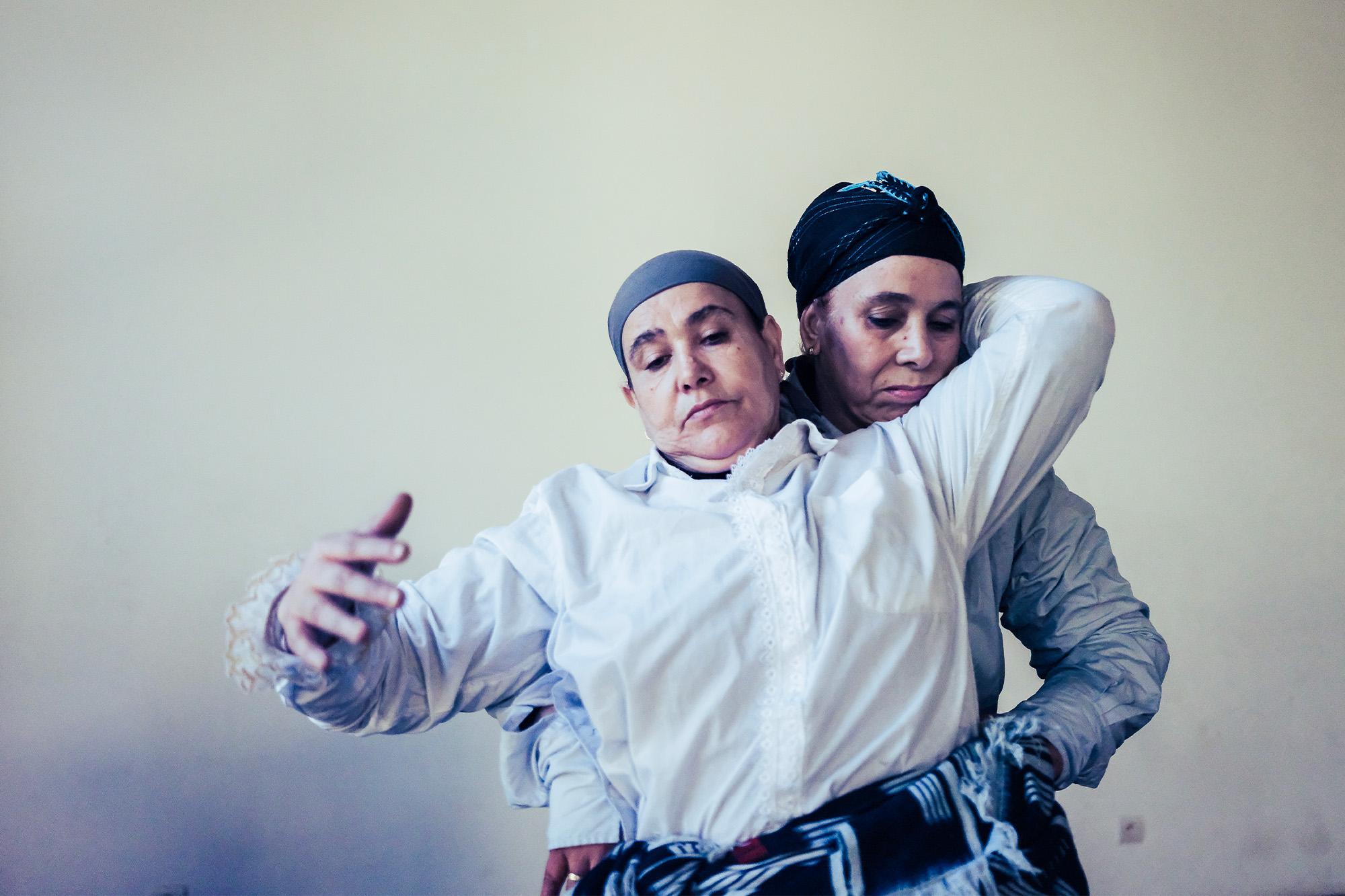
Ever since Ottof (2015), Corbeaux (2016) and Jerada (2018), Bouchra Ouizguen has been interested in using live sound and the voice, as an outlet for raw joy and sorrow. While they are socially suppressed in Morocco, female voices are well and truly present here. “I was moved by her use of sound; I had to approach it differently than I normally would,” Tilloy says. “That, along with what we experienced together during the residencies, helped us feel the movement. I had already loved Corbeaux and the way Bouchra eased us into it, with few words, just sounds, and eyes closed. It was a joy to delve into this new material.”
There is text, too, in Éléphant – spoken in Arabic, with no translation during the initial run in Montpellier. It was a temporary decision, Ouizguen says: “Ever since the premiere, we’ve been back and forth on that translation. It wasn’t a decision not to translate, but rather a choice not to provide a bad translation.” In the piece, voice and bodies come together in a ritual that includes more singing than dance, which sees women contend with the anguish brought on by physical labor and the passage of time. While they form a tight group, their individuality also shines through. In Ouizguen’s eyes, the story of the Laâbates – like that of any chorus of women – comes across more clearly when space is made for each woman’s personality.
Might it be a form of healing? “I see it more as a community of sisters,” Ouizguen says. A sorority which expresses fragility and loneliness through screams and howls, too – shaping Éléphant in the process, the choreographer adds: “It is from the humble labor of the artist as craftsperson, and from each individual working for the collective good, that this work was born.”
Éléphant
choreography Bouchra Ouizguen
14 > 17.09.2022 at Centre Pompidou and 29 & 30.09.2022 at T2G Théâtre de Gennevilliers, with the Festival d’Automne à Paris
11.10.2022 at Points communs Cergy-Pontoise / Val d'Oise
18.10.2022 at Espaces pluriels, Pau
bouchraouizguen.com

